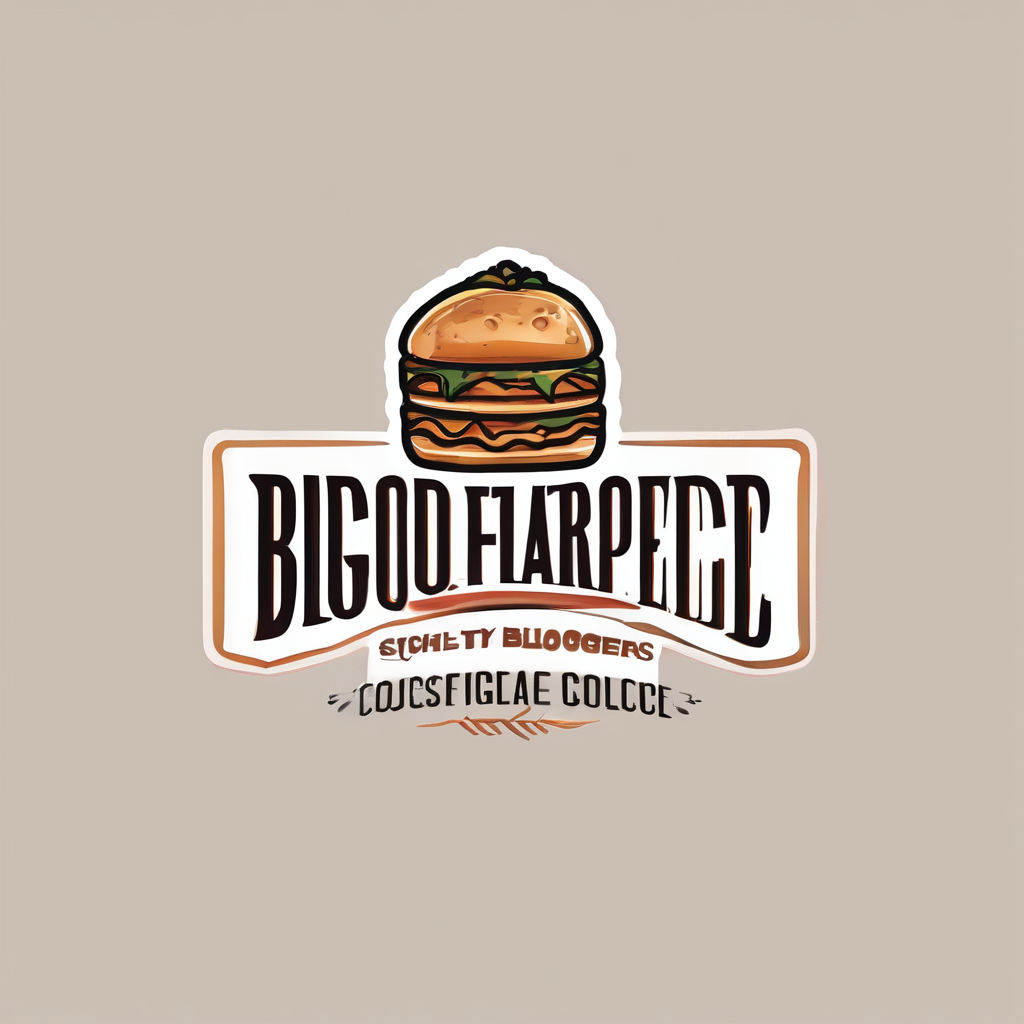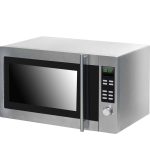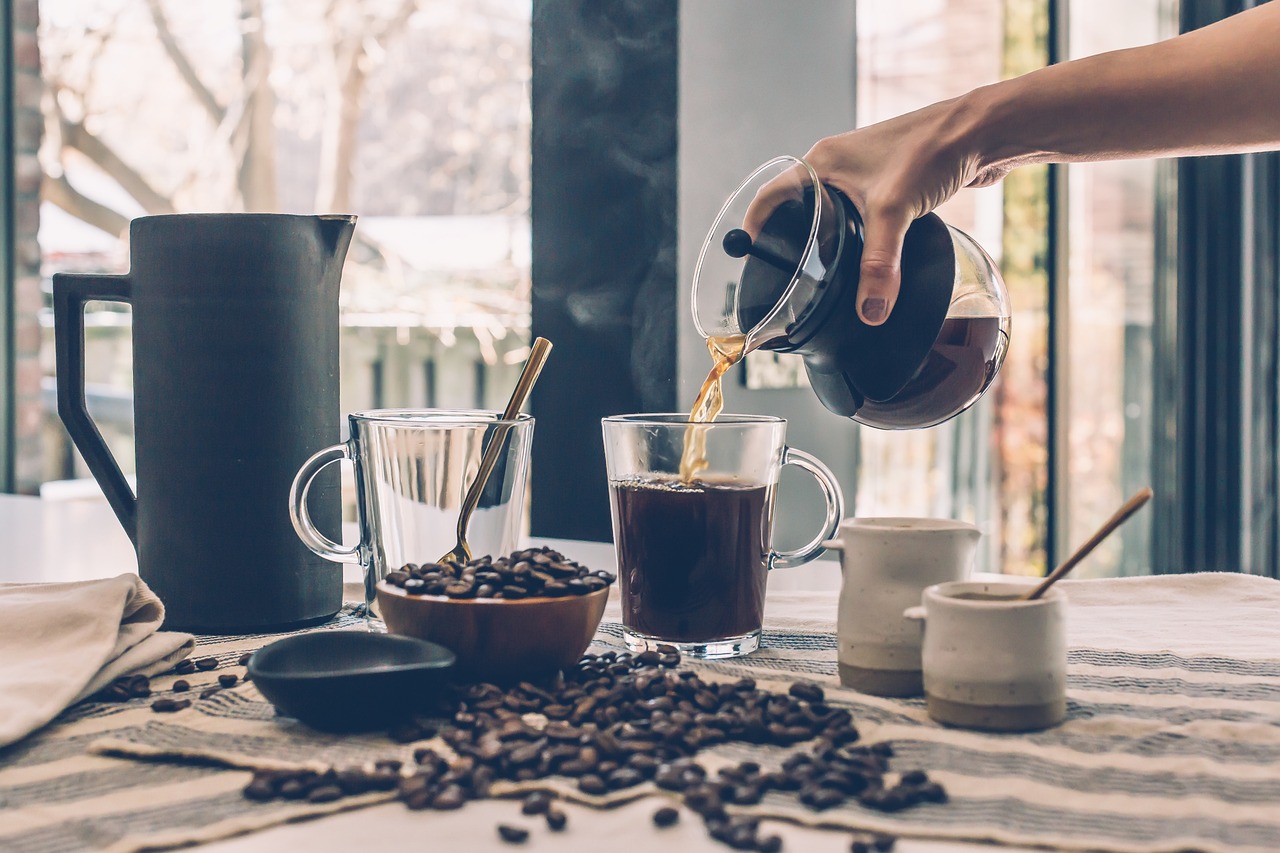A well-organized reservation and waitlist system can enhance the dining experience in your small gourmet café. Efficient management minimizes frustration and ensures guests feel valued. Implementing practical strategies can streamline operations and maximize customer satisfaction. Explore expert tips to transform your café's reservation process, leading to increased loyalty and higher turnover. Your café deserves an atmosphere where guests enjoy their meals without the stress of waiting.
Importance of Effective Reservation and Waitlist Management
Effective reservation management and waitlist strategies are crucial for enhancing the overall customer experience. When managed efficiently, these systems ensure that customers feel valued and receive timely service, which is essential for maintaining satisfaction and loyalty.
Additional reading : Elevate your small pub kitchen: innovative strategies for optimizing vertical space
A well-organized reservation system not only improves customer satisfaction but also has a direct impact on revenue. By maximizing table occupancy and reducing wait times, businesses can increase turnover rates and thus, profitability. The correlation between effective management and increased revenue is clear: happy customers are more likely to return and recommend the venue to others.
Common challenges faced by small gourmet cafés include limited seating capacity and unpredictable customer flow. These issues can lead to overbooking or long wait times, negatively affecting the customer experience. Implementing robust waitlist strategies, such as digital waitlists or SMS notifications, can help mitigate these challenges by providing real-time updates and reducing uncertainty.
Additional reading : Elevate your traditional british menu: create an unforgettable tea pairing experience
Key Benefits of Effective Management:
- Enhanced customer satisfaction
- Increased revenue potential
- Improved operational efficiency
"A satisfied customer is the best business strategy of all." – Michael LeBoeuf
By addressing these challenges and implementing effective reservation management and waitlist strategies, small cafés can significantly improve their service quality and customer experience.
Choosing the Right Reservation System
Selecting the ideal reservation software is vital for small gourmet cafés aiming to enhance their operational efficiency. When evaluating technology solutions, consider systems with features tailored to your specific needs.
Key Features to Look For
When comparing reservation management software, focus on the following capabilities:
- User-friendly interface: Simplifies training and daily use.
- Real-time updates: Ensures accurate availability and reduces overbooking.
- Customer communication tools: Provides SMS or email notifications.
Popular Systems Comparison
Several reservation systems are designed for small cafés, each offering unique benefits. For example:
| System | Key Feature | Integration Capability |
|---|---|---|
| Resy | Customizable notifications | POS systems |
| OpenTable | Extensive analytics | CRM tools |
| Tock | Pre-payment options | Inventory management |
Integration Capabilities
A critical aspect of technology solutions is their ability to integrate with existing café operations. Look for reservation software that seamlessly connects with your current systems, such as POS or CRM tools, to streamline processes and enhance the customer experience.
"The right software can transform your business operations." – Industry Expert
By choosing the right reservation system, cafés can optimize their service, improving both customer satisfaction and operational efficiency.
Implementing an Efficient Waitlist Strategy
Implementing a robust waitlist management system is crucial for enhancing customer flow and maximizing seating efficiency. By adopting best practices, small gourmet cafés can significantly improve the customer experience.
Best Practices in Waitlist Management
Efficient waitlist strategies involve accurately estimating wait times and communicating them effectively to customers. Techniques such as analyzing historical data and current customer flow patterns can help predict wait times with greater accuracy. Providing real-time updates through digital platforms or SMS notifications ensures customers are kept informed, reducing frustration.
Utilizing Technology
Technology plays a pivotal role in streamlining waitlist operations. Digital waitlist systems offer features like automated notifications and real-time updates, which enhance seating efficiency. These systems can integrate with existing reservation software, providing a seamless experience for both staff and customers.
Key Benefits of Technology Integration:
- Real-time updates: Keeps customers informed
- Automated notifications: Reduces manual workload
- Data analysis: Improves wait time accuracy
"Technology is best when it brings people together." – Matt Mullenweg
By focusing on efficient waitlist management, cafés can optimize customer flow and seating efficiency, ensuring a smoother service and happier customers.
Best Practices for Customer Communication
Effective customer engagement is essential for maintaining a positive experience in small gourmet cafés. Clear communication regarding reservations and waitlists can significantly enhance customer satisfaction and loyalty.
Importance of Clear Communication
Ensuring customers are well-informed about their reservation status and wait times is critical. Miscommunication can lead to frustration, affecting overall customer service. Implementing communication strategies that provide timely updates helps manage expectations and reduces uncertainty.
Methods for Keeping Customers Informed
Utilizing various methods to keep customers updated is vital. Consider implementing SMS notifications or digital platforms that provide real-time updates on reservation and waitlist status. Personalizing these interactions can further boost customer loyalty.
- SMS Notifications: Quick and direct updates
- Digital Platforms: Real-time information access
- Personalized Messages: Enhances customer connection
Personalization in Customer Interactions
Personalizing customer interactions can significantly enhance customer engagement. Tailoring messages to individual preferences not only improves the customer service experience but also fosters a sense of loyalty. By addressing customers by name and acknowledging their preferences, cafés can create a more welcoming atmosphere.
"The art of communication is the language of leadership." – James Humes
By focusing on communication strategies, cafés can improve customer engagement and elevate their overall customer service.
Tools and Software for Reservation and Waitlist Management
Navigating the world of reservation tools and waitlist software can be daunting for café owners. However, selecting the right technology is crucial for optimizing operations.
Recommended Tools and Software
Choosing the right reservation tools can drastically improve efficiency. Popular options include:
- Resy: Known for customizable notifications
- OpenTable: Offers extensive analytics
- Tock: Provides pre-payment options
These tools are designed to streamline reservation and waitlist processes, ensuring smoother operations.
Evaluating Cost-Effectiveness
When assessing the cost-effectiveness of these tools, consider both upfront costs and potential savings from improved efficiency. A detailed cost-benefit analysis can highlight the long-term value of investing in quality waitlist software.
User Experiences and Reviews
User reviews provide valuable insights into the practicality of each reservation tool. For example, many users praise OpenTable for its seamless integration with CRM systems, which enhances customer management.
Resy is often commended for its user-friendly interface, making it ideal for small cafés.
"The right tool can transform a business, making processes efficient and customers happy." – Industry Expert
By focusing on these aspects, cafés can select the most effective solutions for their unique needs.
Case Studies of Successful Implementation
Exploring real-world examples of effective reservation management.
Analysis of Small Gourmet Cafés
Several small gourmet cafés have achieved remarkable success by implementing robust reservation management systems. These success stories highlight how strategic integration of technology and best practices can transform operations.
Key Strategies Employed
One café, for instance, utilized a combination of digital waitlists and personalized customer communication to enhance service efficiency. This approach minimized wait times and improved customer flow. Another café focused on real-time updates and automated notifications to keep customers informed, reducing no-shows and increasing table turnover.
Measurable Outcomes
The outcomes of these implementations were significant. Cafés reported a 20% increase in customer satisfaction and a 15% rise in repeat visits. Additionally, operational efficiency improved, leading to a 10% boost in revenue.
Key Lessons Learned:
- Prioritize customer communication
- Leverage technology for real-time updates
- Customize strategies to fit café-specific needs
"Success is not the key to happiness. Happiness is the key to success. If you love what you are doing, you will be successful." – Albert Schweitzer
These case studies demonstrate that with the right strategies and tools, small gourmet cafés can achieve substantial improvements in both customer experience and business performance.
Training Staff on Reservation and Waitlist Protocols
Empowering your team for excellence.
Importance of Staff Training
Staff training is essential for ensuring operational efficiency in reservation and waitlist management. Well-trained staff can handle customer interactions smoothly, reducing errors and enhancing the overall customer experience. This training also equips employees with the skills needed to manage high-pressure situations, ensuring that the café operates seamlessly even during peak hours.
Recommended Training Programs
To optimize team management, consider structured training programs that focus on key areas such as communication, technology use, and problem-solving. Interactive workshops and role-playing scenarios can be particularly effective. Additionally, online resources and e-learning platforms offer flexible options for ongoing learning.
Example Training Modules:
- Communication Skills: Enhances customer interaction
- Technology Proficiency: Improves system navigation
- Problem-Solving Techniques: Prepares for unexpected challenges
Ongoing Support and Evaluation
Continuous support and evaluation of staff performance are crucial for maintaining high standards. Regular feedback sessions and performance reviews help identify areas for improvement and reinforce positive behaviors. Encouraging a culture of learning and development ensures that staff remain motivated and committed to providing excellent service.
"An investment in knowledge pays the best interest." – Benjamin Franklin
By prioritizing staff training, cafés can achieve greater operational efficiency and foster a capable, confident team.
The Role of Customer Feedback in Improving Systems
Understanding the importance of customer feedback is crucial for enhancing reservation systems in small gourmet cafés. Collecting and analyzing these insights can lead to significant improvements.
Methods for Collecting Feedback
To gather valuable customer insights, employ diverse methods such as surveys, suggestion boxes, and digital feedback forms. These tools help capture customer experiences with reservation and waitlist systems.
- Surveys: Quick assessments of customer satisfaction
- Suggestion Boxes: Encourages anonymous input
- Digital Forms: Convenient for tech-savvy customers
Analyzing and Utilizing Feedback
Once collected, it's essential to analyze the customer feedback to identify trends and areas for improvement. Employing software tools can streamline this process, providing actionable data to inform adjustments in systems and processes.
"Feedback is the breakfast of champions." – Ken Blanchard
Encouraging Customer Participation
Encouraging customers to share their experiences is vital. Offer incentives like discounts for completed surveys or highlight how their feedback leads to tangible improvements. This fosters a sense of involvement and shows customers that their opinions matter.
By focusing on improvement strategies through customer feedback, cafés can refine their reservation systems, enhancing overall customer satisfaction and operational efficiency.
Adapting to Seasonal Changes and Peak Times
Strategic adjustments for enhanced café operations.
Strategies for Adapting Systems
During busy seasons and peak times, small gourmet cafés must adapt their reservation and waitlist systems to manage increased demand efficiently. Employing flexible operational strategies is crucial. For instance, adjusting staff schedules to ensure adequate coverage can prevent service bottlenecks. Implementing a scalable reservation system that can handle higher volumes is also essential.
Importance of Flexibility
Flexibility is key during peak times. Cafés can benefit from real-time adjustments to reservation and waitlist protocols. This might include extending hours or offering special menus to accommodate more customers. By being adaptable, cafés can maintain high standards of service even when demand spikes.
Planning for Events and Holidays
Proactive planning for events and holidays is vital to optimize customer flow. Anticipating customer patterns allows cafés to prepare effectively. Consider implementing a special reservation schedule for holidays or offering pre-booked seating for events.
Key Planning Strategies:
- Special Event Menus: Tailored offerings for holidays
- Extended Hours: Accommodate increased demand
- Advance Reservations: Secure bookings early
"Success is where preparation and opportunity meet." – Bobby Unser
By employing these seasonal management strategies, cafés can enhance their operational efficiency and ensure a seamless experience for customers.
Future Trends in Reservation and Waitlist Management
Exploring the evolving landscape in hospitality.
Emerging Technologies
The hospitality sector is experiencing a transformation driven by emerging technologies. Innovations such as artificial intelligence (AI) and machine learning are being integrated into reservation systems, enhancing efficiency and accuracy. AI can predict customer behavior and optimize waitlist management by analyzing patterns and preferences. This capability allows businesses to anticipate demand and tailor services accordingly.
Predictions for the Future
Looking ahead, the future of customer service in the hospitality industry will likely see an increase in automation and personalization. Virtual assistants and chatbots will handle routine inquiries, freeing staff to focus on more complex tasks. Additionally, augmented reality (AR) could offer immersive experiences, allowing customers to visualize seating arrangements or menu items before making reservations.
Key Predictions:
- Increased use of AI and machine learning
- Growth of virtual assistants
- Adoption of augmented reality
Preparing for Changes
To stay competitive, businesses must adapt to shifting customer expectations. This involves investing in technology and training staff to leverage these tools effectively. By embracing these industry trends, cafés can enhance their customer experience and streamline operations, ensuring they meet the evolving demands of their clientele.
"The future belongs to those who prepare for it today." – Malcolm X











